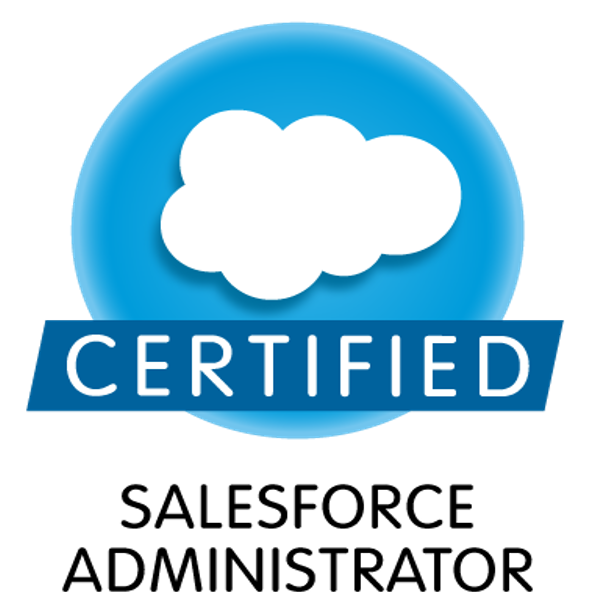My role at Microsoft requires that I understand the capabilities that our technology provides for marketers. Lately, I’ve been discussing Windows Azure with a few customers (advertisers) and partners (creative agencies). Feel free to follow me on Twitter (@BrianGroth) where I share tidbits about these and other technical capabilities.
There are quite a few technical and business related reasons to use Azure that are well documented , but I couldn’t find anything specifically for those of us in marketing. So…
Why should a CMO care about Windows Azure?
I summarize my answer in three points:
Please see http://www.microsoft.com/windowsazure/ for more information. The best document I’ve found regarding these points is from one that David Chappell wrote about a year ago in a whitepaper titled Windows Azure and ISVs – A Guide for Decision Makers. Here is the text from that 13 page document specifically about what I am referring to:
COMPARING WINDOWS AZURE WITH ALTERNATIVES
Windows Azure doesn’t exist in a vacuum—there are other approaches. This section compares Windows Azure with two of its most obvious alternatives: traditional hosting and cloud platforms that offer VMs on demand.
TRADITIONAL HOSTING
The first stop for most people looking for an outsourced place to run their applications is a hosting provider. In traditional hosting, a customer requests a fixed set of resources and commits to pay for those resources for a defined period of time. For example, an ISV wishing to run a SaaS application might contract with a hoster to provider six Windows servers for a year, paying a pre-defined amount for this service.
Hosting has plenty of advantages. Using a hoster is frequently cheaper than running an in-house data center, especially for smaller organizations. It also lets the customer avoid the complexity of running its own data center while still having total control over the machines it’s using. While the advent of cloud platforms will likely cut into the traditional hosting business, this model isn’t going away—it still makes sense in plenty of situations.
Yet at least for some applications, a cloud platform such as Windows Azure is a better choice. The advantages include:
· The ability to quickly increase the number of servers in use: While a hoster might take days to make a new machine available, a Windows Azure application can get a new VM up and running in minutes.
· The ability to quickly decrease the number of servers in use: Hosters commonly require a commitment to a fixed set of servers that are provisioned just for you. With Windows Azure, an application can reduce the number of VMs it’s using—and thus the cost of running this application— by decreasing the number of Web role and/or Worker role instances. There’s no up-front commitment to a minimum number of servers.
· The ability to provide services explicitly designed for highly scalable, highly available applications: Hosters generally provide standard Windows systems, leaving it up to their customers to do whatever else is necessary to run their applications successfully. As described earlier, a cloud platform such as Windows Azure can be explicitly designed to support applications with very high scalability and availability requirements.
· Less administrative overhead: Unlike Windows Azure, hosters commonly give customers full administrative access to their machines. The trade-off is that more administrative work is required, everything from patching operating systems to managing database management systems. With Windows Azure (and SQL Azure Database), most of this work is done for you, saving time and money.
VMS ON DEMAND
A number of vendors, including Amazon, Mosso, GoGrid, and others, offer virtual machines on demand. Unlike traditional hosters, these vendors typically provide usage-based charging with no required commitment and rapidly available VMs. In other words, they provide cloud platforms.
Windows Azure is also a cloud platform, but even though it uses (and charges via) VMs, it differs in important ways from platforms that offer VMs on demand. With a purely VM-based platform, the situation is in some ways much like hosting: You have complete control, including administrative access to your VMs, but you also bear full responsibility for configuring and managing those VMs and the software they contain. With Windows Azure, you supply only a Windows application, along with instructions about how many instances to run. The platform itself takes care of everything else, including updating system software when required.
Another important difference is in how relational data is handled. With typical VM-based platforms, you can run a relational database in a VM, just as you’d run the same database on premises or at a hoster. This certainly works, but it requires installing, maintaining, and administering this database yourself. Ensuring reliability can also be challenging, since typical shared-disk clusters often aren’t possible. In the Azure world, an application can instead use SQL Azure Database. As described earlier, this technology
provides a Microsoft-managed relational store that writes all data multiple times for reliability. Once again, you lose the ability to have total control but gain simplicity and built-in reliability.





